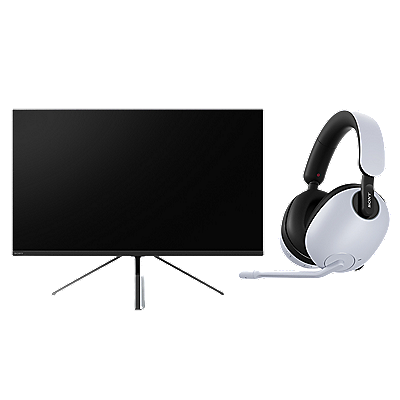How to take pictures at night in low light using an interchangeable lens camera.
Noise standing out or camera shaking with slow shutter speed are some of the challenges experienced when shooting night scenes.
[1] Lots of noise
[2] Camera shake
This techniques introduces taking beautiful night scene shots. Follow the hints below to capture photographs of beautiful night scenes and gorgeous decorative lighting.
Depending on your camera model, you can select one of the scene selection modes below.
-
Shooting with the Superior Auto and Scene Selection (SCN) functions.
-
-
Using Superior Auto
Your camera is equipped with the(Superior Auto) shooting mode to reduce mistakes when shooting night scenes.
This mode automatically recognizes dark situations such as night scenes and decorative lighting and combine a series of image at a high speed to generate a single clear photograph. -
Using SCN
Select the modes below when using SCN. -
-
Night Portrait
IMPORTANT:
Slows down the shutter speed and allows more light to reach the image sensor; this helps brighten the background of the picture. However, because the shutter speed is slower, blur from camera shake can occur more easily. Ensure the subject does not move to prevent the image from blurring. Depending on your shooting situation, using a tripod may be recommended. -
- Use the flash when shooting portraits in dark places.
- Do not use the flash when shooting night scenes of still subjects at a distance.
-
Night Scene
NOTE: Pictures may not develop properly when shooting in an entirely dark environment.
Shoots scenes at a distance without losing the dark atmosphere of the surroundings. In this mode the shutter speed is slow too and ISO sensitivity is set low to minimize noise. Using a tripod is recommended. -
Hand-held Twilight
Shoots night scenes with less noise and blur without using a tripod. A burst of shots are taken and image processing is applied to reduce subject blur, camera shake, and noise. - IMPORTANT: Block noise may occur when shooting near a light source that flickers, such as fluorescent lighting.
NOTES:- Reducing blur is less effective in Hand-held Twilight when shooting:
-
- Subjects with erratic movement.
- Subjects too close to the camera.
- Subjects with a repeating pattern such as tiles, and subjects with little contrast such as sky, sandy beach, or lawn.
- Subjects with constant change such as waves or waterfalls.
- Do not move the camera while capturing photos. Hold the camera still until Processing... is displayed.
-
-
- Shooting crisp or defocused night scenes and decorative lighting
-
- Aperture Priority mode (A).
- This is recommended when shooting photographs where the full screen is in focus or photographs with the foreground or background is beautifully defocused.
NOTES:- Close the aperture (increase the F-value) to take crisp photographs.
- Open the aperture (decrease the F-value) to take defocused photographs.
- Camera shake occurs when pressing the shutter button even when using a tripod, use a remote commander or set the self timer to 2 seconds.
- Example of closing the aperture and putting the entire screen in focus
-
- Shooting mode: A (Aperture Priority)
- ISO: 200
- F-value: F8
- Shutter speed: 2.5 seconds (using tripod)
- Exposure compensation: None
- Example of shooting with the aperture open and defocusing the background
- Shooting mode: A (Aperture Priority)
- ISO: 320
- F-value: F2
- Shutter speed: 1/80 second
- Exposure compensation: 1.7



















